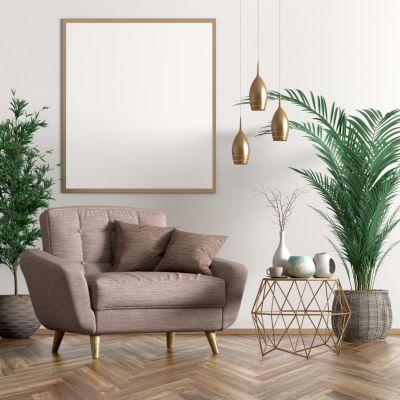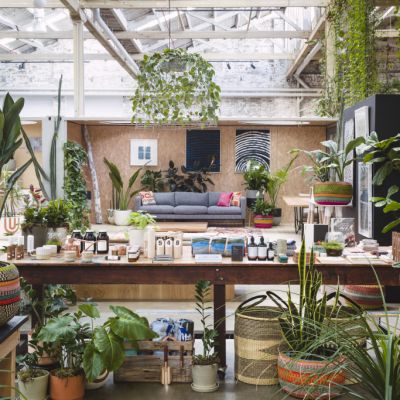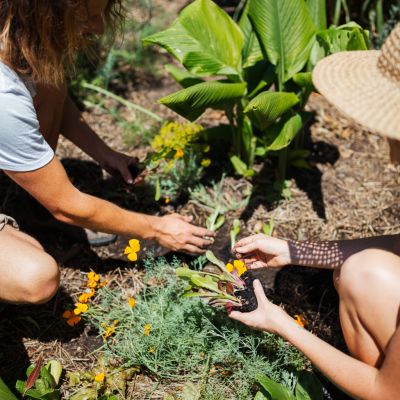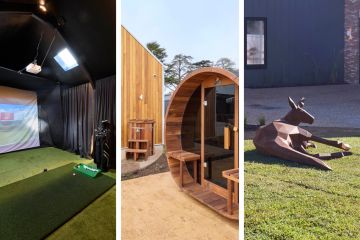Research says indoor plants reduce stress – so I put it to the test
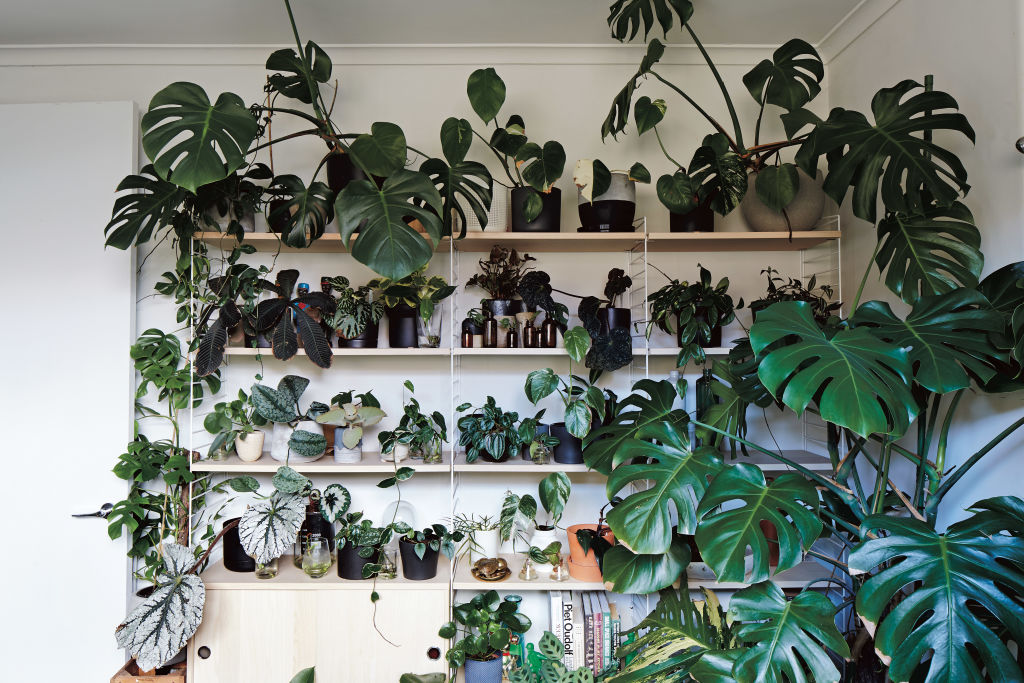
Nature is calming. This isn’t breaking news, but it is a fact.
Here’s the problem: you can’t always access nature when you need help to calm down.
For example, when you’re feeling stressed out while at home with your family, you can’t always drop everything and do a mindfulness exercise in a national park. If only there were a way to get a touch of nature inside to help settle the cortisone.
Hear about Shelley Craft’s tree change on
Enter a new study that says indoor plants can have a similar calming effect to getting outside. The study, run by the American Society for Horticultural Science, found that when their trial participants could see an indoor plant, they experienced positive psychological change within minutes.
This seems slightly odd, yet somehow plausible. So, I decided to test it out at home and keep a little diary of my progress.
Step 1: Choosing the plant
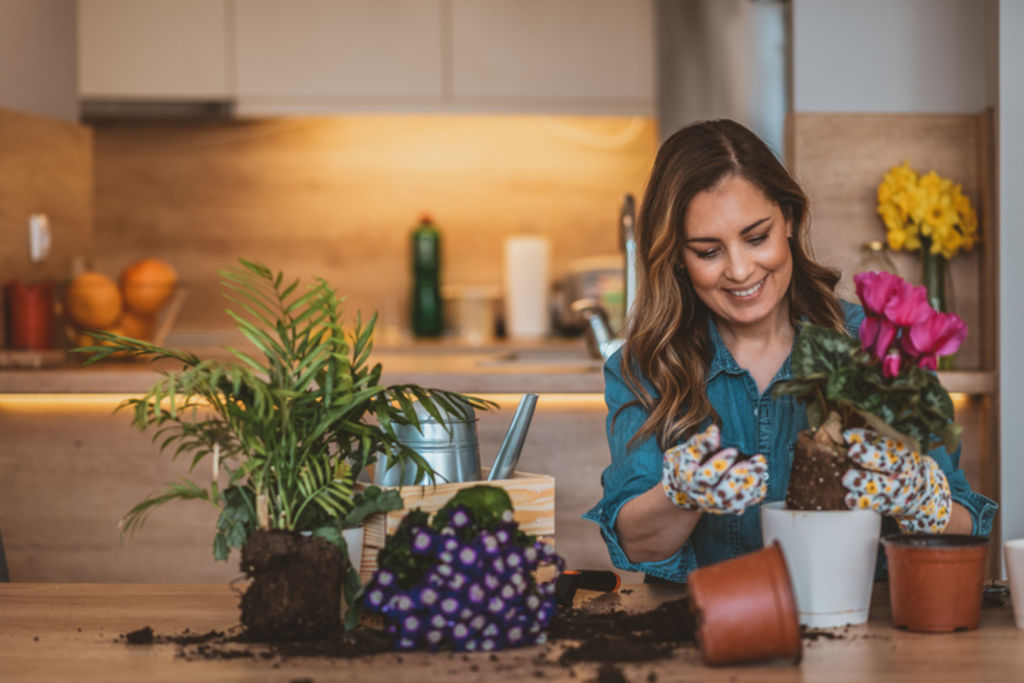
I find a spare, small pot in the garage, and chuck in some dirt from the garden. I have no idea if an indoor plant needs a specific type of dirt because I’ve never grown a thing in my life. Time will tell, I guess.
It becomes the home for my new succulent, a plant that’s notoriously easy to look after. Some even go so far as to tell me it’s impossible to kill it.
That sounds like a challenge I’m up for, but I decide to put my competitive nature aside and try to be more positive.
Step 2: Setting it up in my office
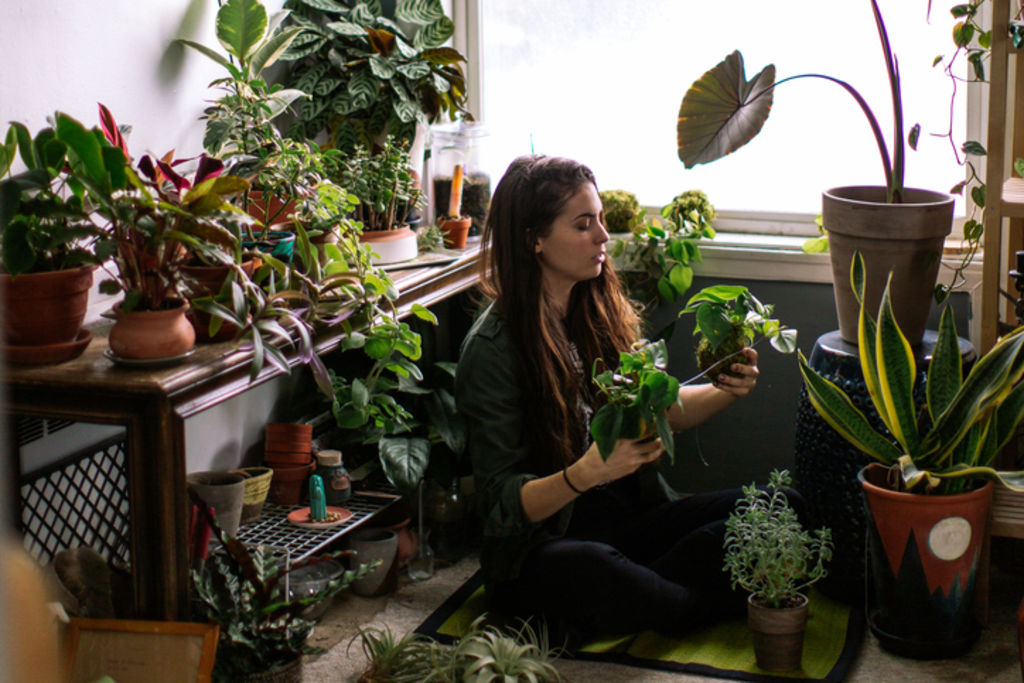
I work from home, in a space that the real estate agent (generously) called an office, but which is more like a spare metre between the kids’ bedrooms and the bathroom. What I’m trying to say is that it’s not the most inspiring of spaces.
But my new plant is about to fix that! I place it carefully on the side of my desk so I can keep it in my peripheral vision while I work. So far, so good.
Step 3: The three-minute test
The study suggests taking a three-minute rest to “interact with” a plant. They say that, in their study, this reduced the office workers’ anxious feelings.
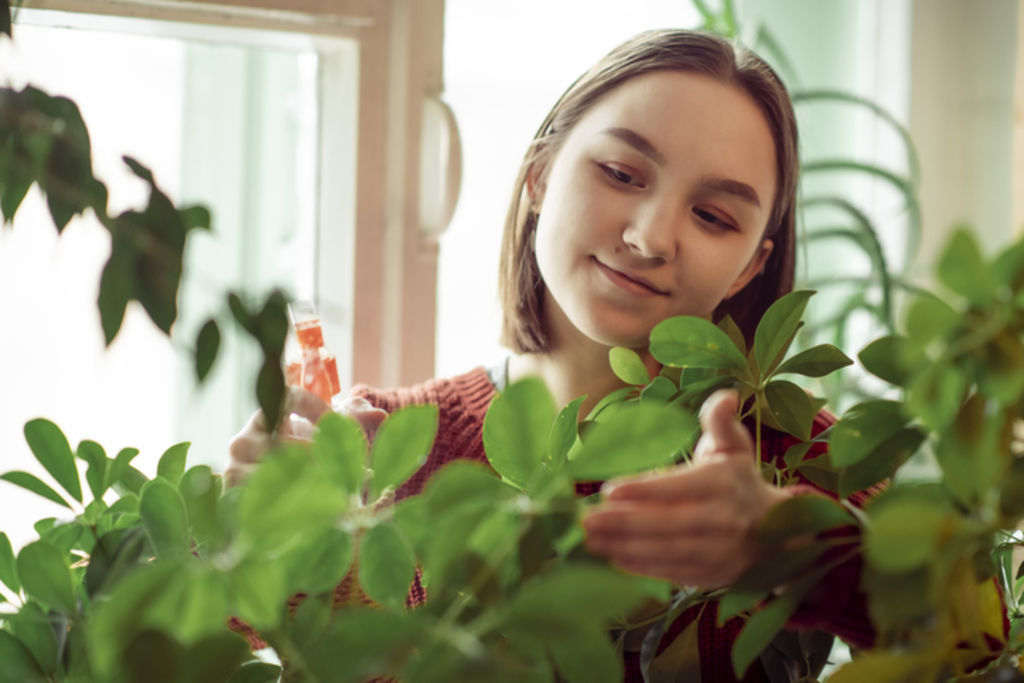
So, I take three minutes to spend one-on-one time with my new plant friend.
The only thing is, I’m not sure what to do with it. How does one “interact” with a succulent? I pour some water into its dirt, then smile at it and twiddle my thumbs. I feel like a socially awkward person on a blind date. (And without anything in common with my blind date, other than a shared need for water to survive.)
Eventually, I go off into a daydream while staring at it.
Step 4: Forget about it
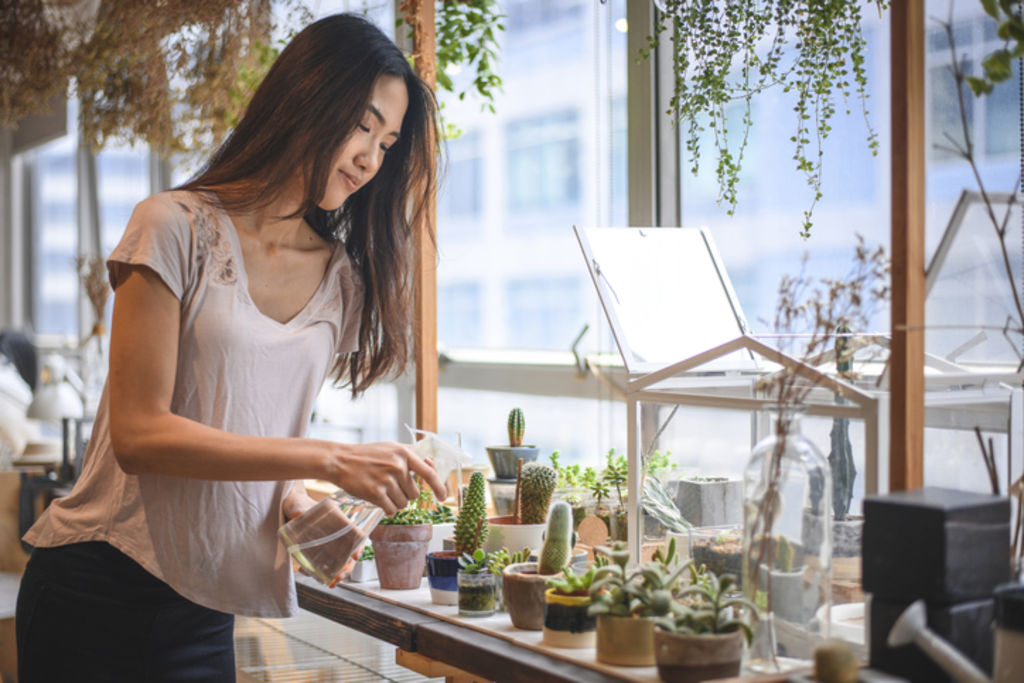
For the next few days, I forget that my little succulent even exists. I’m busy, and I don’t stop to consider the greenery. I’m not stressed out though, which is either because things are OK or because I now have a plant. Who knows?
Step 5: A successful date with my plant – sort of
After a while, my daughter wanders into my home office. She checks the progress of my plant, then tut-tuts me. “Mum,” she says, “your plant is dusty.”
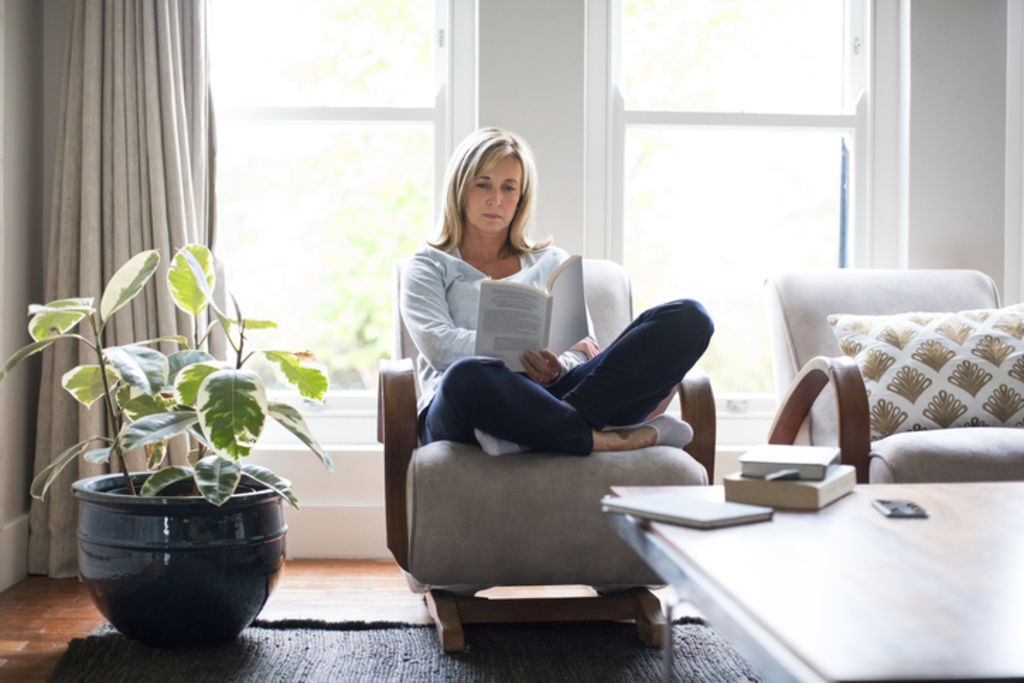
She supervises me as I water the plant and wipe the dust from it. Then she stays and moves the plant onto the floor with her; she strokes the leaves of the succulent, fiddles with the dirt and tells it a little story. I think she’s better at this than I am.
And this acknowledgement of my own incompetence makes me slightly anxious.
My conclusion, then? While research suggests that the very sight of an indoor plant can reduce our stress levels, I’m not so sure.
We recommend
We thought you might like
States
Capital Cities
Capital Cities - Rentals
Popular Areas
Allhomes
More
